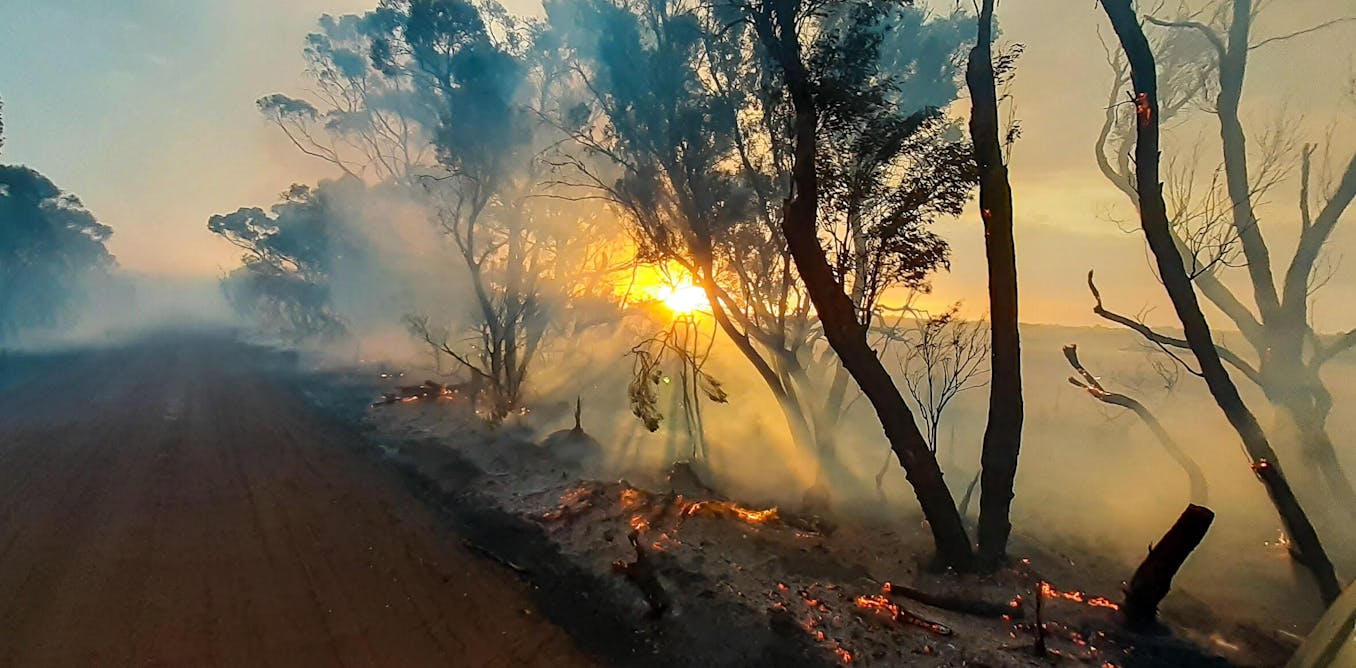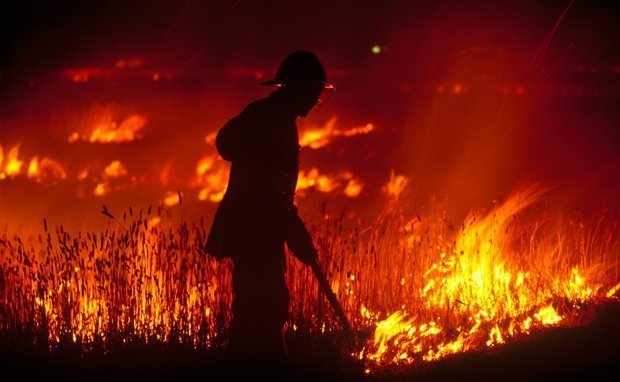Just How BAL Record Impacts Bush Fire Security Procedures
In the world of bush fire security, the Building Assault Degree (BAL) report stands as a critical device that dramatically influences the security and durability of homes in fire-prone locations - BAL Report. The impact of a BAL evaluation prolongs much past simple documents; it offers as the cornerstone for identifying the ideal construction standards and fire protection actions essential to mitigate the dangers postured by bushfires. As communities come to grips with significantly extreme fire periods, understanding exactly how the BAL record forms these protective procedures becomes extremely important for policymakers, home owners, and home builders alike
Recognizing the Bushfire Strike Degree

Relevance of BAL Record Analysis

In Addition, the BAL record assessment works as a fundamental action in following lawful obligations and needs related to bushfire protection. Local councils and authorities commonly mandate the entry of a BAL record as component of the preparation and structure authorization process to guarantee that buildings are sufficiently secured against bushfire risks. Stopping working to carry out a click this complete BAL record evaluation can lead to poor protection measures, leaving residential or commercial properties susceptible to devastating bushfire cases.
Building And Construction Requirements Based Upon BAL
A detailed understanding of the Bushfire Assault Level (BAL) allows homeowner to implement building and construction criteria customized to their particular risk account. Construction criteria based on BAL are important in alleviating the impact of bushfires on buildings. The BAL score categorizes the possible danger a home encounters throughout a bushfire on a range from BAL-Low to BAL-FZ (Flame Area) Each BAL degree represents specific construction requirements detailed in the Australian Conventional AS3959-2018 Building of Structures in Bushfire-Prone Areas. For circumstances, properties categorized as BAL-Low may just require fundamental measures such as getting rid of debris and keeping gardens, while those in higher BAL groups require even more durable measures like ash screens, fireproof materials, and secured home windows. Sticking to these building and construction standards not just boosts the architectural strength of the residential or commercial property yet additionally improves the overall safety and security of locals during a bushfire event. Property owners must carefully consider their BAL rating and abide with the corresponding construction standards to properly safeguard their homes and residents.
Implementing Fire Security Steps
With the foundation of building and construction requirements based on Bushfire Strike Level (BAL) in position, the emphasis now changes in the direction of the useful execution of fire security actions to strengthen residential properties versus bushfire risks. Implementing fire defense procedures includes a mix of passive and energetic approaches to improve the resilience of buildings in bushfire-prone locations. Passive measures consist of using fireproof building products, mounting ash guards on vents, sealing spaces in wall surfaces and roofings, and maintaining a clear area around the building devoid of combustible vegetation. Active actions encompass having firefighting devices readily available, such as pipes and water pumps, along with creating a defendable area around you can find out more the building by clearing greenery and having a properly maintained yard. In addition, creating an evacuation strategy and ensuring all locals know emergency procedures are vital components of effective fire security procedures. By incorporating both passive and energetic approaches, residential or commercial properties can substantially lower their vulnerability to bushfire incidents and boost the security of owners.
Safeguarding Residences Against Bushfires
Successfully securing homes against the damaging impacts of bushfires requires a positive and extensive approach to fire defense procedures. In addition, securing spaces and vents to prevent ember intrusion, as well as incorporating fireproof doors and windows, can aid strengthen the home's protection against bushfires. By embracing an aggressive stance and incorporating these safety measures, property owners can substantially raise their possibilities of safeguarding their homes versus bushfires.
Verdict
In final thought, the Bushfire Strike Level (BAL) report plays an essential duty in determining the needed protection steps against bushfires. Applying fire defense procedures based on the BAL record is important in guarding residential properties from possible bushfire threats.
In analyzing bushfire threat to residential properties, comprehending the Bushfire Strike Degree (BAL) is a crucial component for executing efficient security procedures. Overall, a clear understanding of the Bushfire Attack Degree is essential for implementing adequate security procedures and reducing the impact of bushfires on properties.
